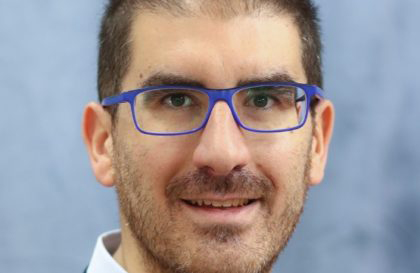
In autumn 2018, Massimiliano Fiorini, Associate Professor at the University of Ferrara and INFN researcher, was awarded an ERC Consolidator Grant worth 1,975,000 euros, with the 4DPHOTON project (Beyond Light Imaging: High-Rate Single-Photon Detection in Four Dimensions). The project envisages the development of a tool to detect single photons, in time and space, with combined resolutions hitherto never obtained. The European Research Council funding, awarded each year to outstanding researchers of any nationality or age who have at least 7 and up to 12 years of post-doctoral experience and a promising academic CV, is targeted at implementing high-risk high-gain projects and strengthening recipients' research groups. The project proposed by Massimiliano Fiorini envisages the development of an innovative tool able to detect photons with spatial resolutions of just a few micrometres and temporal resolutions of some tens of picoseconds, with flows of up to 1 billion photons per second with negligible background noise. It is a technological leap that will have a great impact in high energy physics, but also in biology and in many other disciplines. The project, which will be developed over five years, will be carried out by scientists from INFN Ferrara division, the University of Ferrara, and CERN in Geneva (with the application of the new detector in future experiments at the Large Hadron Collider). We asked Massimiliano Fiorini to explain the investment strategy for the grant that he was awarded, as well as the aims and development prospects of the project.
In your opinion, why was your project considered promising by the ERC?
The project envisages the development of very innovative technology for the imaging of single photons, with a high potential for impact in many disciplines. I believe that the ERC panel positively evaluated not just the detector's applications in the field of particle physics, but also its repercussions in several
...
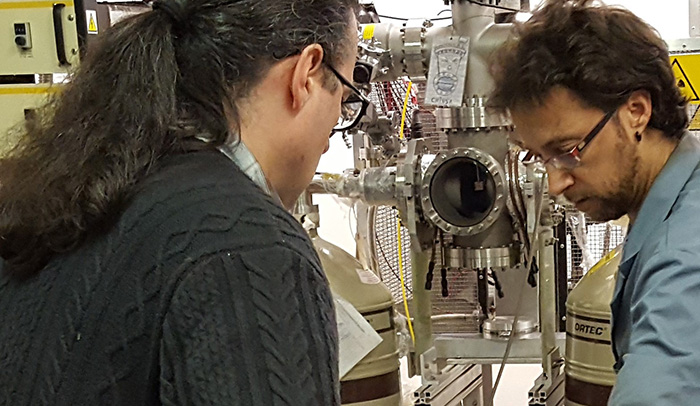
The classic double-slit experiment has been completed for the first time with single antielectrons: thus it was directly proved that the wave-particle duality also applies to antimatter and, in particular, to the positron, the electron's antiparticle. This character of antimatter was identified by observing the ...
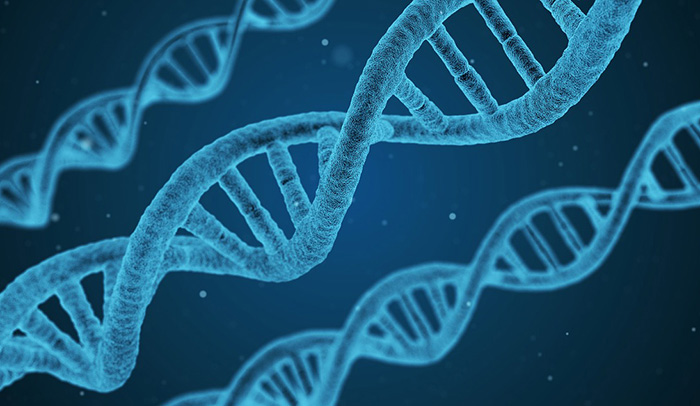
On 20 May, the journal Nature Genetics published important results obtained by a team of Italian researchers who studied the causes of the genetic alterations that most frequently occur in the development of cancer: "chromosomal translocations". The team discovered that the damage to the DNA tends to...
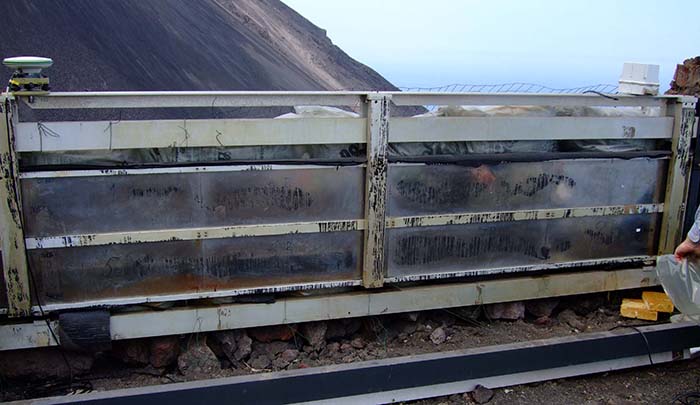
For the first time, a muography of the Stromboli volcano has been completed, the fruit of a collaboration between a group of researchers from INFN and from the Italian National Institute of Geophysics and Volcanology (INGV), ...
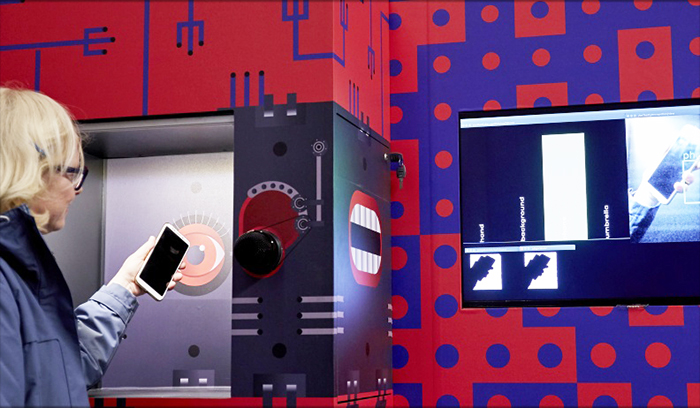
On 4 May, at Turin's Mastio della Cittadella, "Uomo Virtuale. Corpo, Mente, Cyborg" opened, a big exhibition organised by INFN. The exhibition discusses humankind from scientific and technological perspectives: it is a virtual journey through 100 square metres of installations and educational-interactive exhibits that combine science, ...
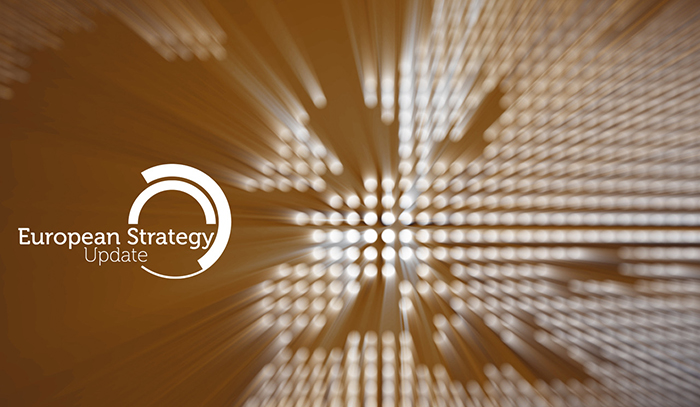 EUROPEAN PARTICLE PHYSICS STRATEGY: UPDATE ON WORK FOR A NEW ROADMAP IN GRANADA
IN THE UNIVERSE
EUROPEAN PARTICLE PHYSICS STRATEGY: UPDATE ON WORK FOR A NEW ROADMAP IN GRANADA
IN THE UNIVERSE
The European particle physics community met from 13 to 16 May in Granada, Spain, to discuss the next steps that will determine the research route in this field of physics, and not just in Europe. The objective, in fact, is to define and delineate scientific priorities and technological developments on which to concentrate in the following years, in order to build future programmes in the medium and long term. At the centre of discussion, in particular, was the evaluation of accelerators and of next generation experiments, that is, of the successors to the LHC and its detectors, when these will reach the end of their lifespan in 2035. Discussions, therefore, concentrated on their scientific significance and the discovery of potential new projects, on technological challenges associated with their being implemented and on the necessary resources for completing the projects. In particular, one of the recommendations of the previous update to the European strategy, in May 2013, was to conduct studies into the planning and feasibility of an ambitious post-LHC accelerator project. As a result, in recent years, Europe, in collaboration with partners from all around the world, has committed to accelerator research and development projects. One project, in particular, is the CLIC (Compact Linear Collider): a linear machine for producing head-on electron and positron collisions that could, in successive phases, reach energies of up to several teraelectronvolts (TeV). ...
cover image:
European Strategy for Particle Physics that had place in Granada from May 13 to May 16 2019.
INFN - COMMUNICATIONS OFFICE
comunicazione@presid.infn.it
+39 06 6868162
Coordination:
Francesca Scianitti
Project and contents:
Eleonora Cossi, Francesca Mazzotta, Francesca Scianitti, Antonella Varaschin
Graphic design:
Francesca Cuicchio
Translation
ALLtrad
ICT service:
Servizio Infrastrutture e Servizi Informatici Nazionali INFN